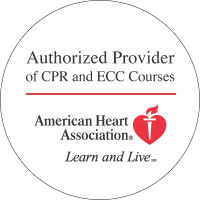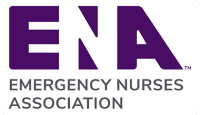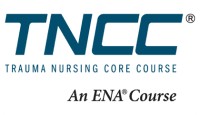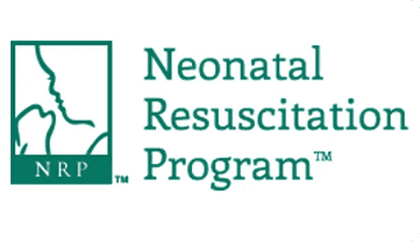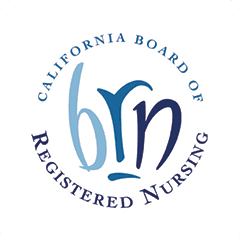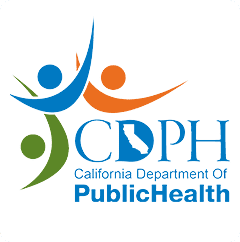Cardiopulmonary arrest is far more common in adults than in children and frequently results from primarily cardiac causes, such as heart attacks or ventricular fibrillation. However, in children, the cause of arrest can most often be traced back to respiratory failure or shock that then led to cardiac failure. Whatever the reason may be for cardiopulmonary arrest in infants and children, providers must be able to diagnose and treat symptoms quickly at the bedside.
Pediatric providers, especially those serving in children’s emergency rooms and intensive care units, are frequently required to receive PALS certification, which refers to Pediatric Advanced Cardiac Life Support. Whether or not this is a requirement on your unit, you will find that this class and examination gives you greater knowledge of emergency care for your pediatric patients and greater confidence in your everyday work. However, you probably know how in-depth these classes go and how stressful the scenarios and megacodes can become. These tips will help you pass your PALS assessment the first time so that you can quickly become a certified provider.
Actively Participate in the Class
While it can feel uncomfortable to sit in the front of a classroom, it does give you a great location from which to pick the instructor’s brain. Do not be afraid to ask questions. The more you discuss PALS information, the more it will solidify in your brain and become a part of your working knowledge.
Engage in Discussions During Scenarios
Of course, lectures are not the only part of a PALS certification class. Half of your time will be spent participating with coworkers in mock-up scenarios. During these scenarios, you will see vital signs, EKG rhythms and other symptoms that will get you used to diagnosing and treating symptoms correctly and quickly. If you are unsure about anything during these scenarios, speak up.
Be Able to Diagnose Symptoms
Although memorizing PALS algorithms is vital to your success, you must also understand underlying patient symptoms. Without sufficient knowledge to diagnose symptoms, you will not know which algorithm to choose.
Know Basic BLS Skills
Medications are certainly a major part of PALS. However, you must also be able to demonstrate your knowledge of basic life support skills for infant and pediatric populations.
Know the PALS Medications
Once you know the basics, you must take the time to memorize the top medications used in PALS. Some of the most commonly seen ones to study include epinephrine, atropine, dopamine, adenosine and amiodarone.
Calculate Medication Dosages by Weight
You should be able to perform medication calculations quickly and while under pressure. If mathematics is not your strong suit, be sure that you find plenty of practice problems to work on before your PALS certification examination.
Use Practice Tests for Studying
Finally, take advantage of free practice tests and work through questions in your PALS certification book to study before your written examination and your hands-on megacode. These questions will take you through actual scenarios that you could see and will give you practice in choosing the best solutions for your patient.
Whether you are stressed out over your initial PALS assessment or are worried that you do not have the knowledge or skills to recertify after two years, these tips along with in-depth classes from Project Heartbeat can help you pass successfully.


